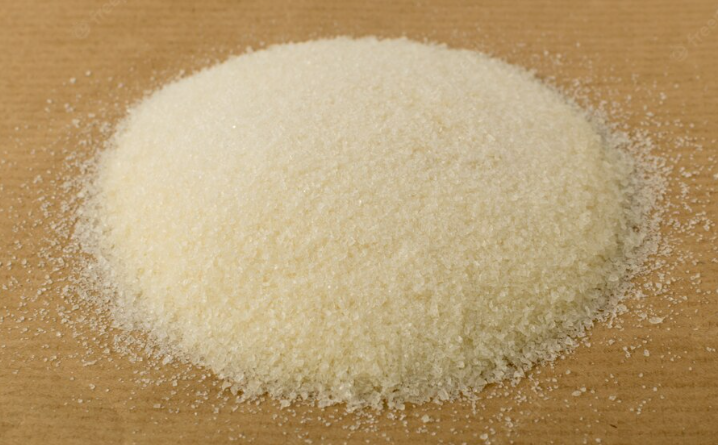IUPAC Name
(2R,3S,4S,5R)-2-(hydroxymethyl)-6-[[(4R,5S)-4-hydroxy-3-methyl-2,6-dioxabicyclo[3.2.1]octan-8-yl]oxy]-4-methoxyoxane-3,5-diol
Cas Number
9002-18-0
HS Code
1302.31.00
Formula
C12H18O9
Industry
Food Ingredients
Appearance
Milky or Yellowish fine crystalline powders
Common Names
Agar gelose, agar-agar
Packaging
25 kg bags, 25 kg drums
Brief Overview
Agar, sometimes known as agar-agar, is a gelling agent obtained from algae. They are mainly found in the cell walls of red algae and can be extracted by boiling. It is a complex sulfated polymer made up of subunits of sugar galactose extracted from Gelidium cartilagineum, Gracilaria confervoides, and related red algae. Agar is mainly composed of two polysaccharides: agarose and agaropectin, with agarose making up about 70 % of agar. Agarose is a linear polymer made up of agarobiose monomers, a disaccharide consisting of D-galactose and 3,6-anhydro-L-galactopyranose. Agaropectin is a heterogeneous mixture of smaller molecules. It is made up of alternating units of D-galactose and L-galactose, modified by adding acidic side groups such as sulfate and pyruvate. Agar that is not grinded usually occurs in bundles with thin, membranous, agglutinated strips or in cut, flaked, or granulated forms. Agar may have a light yellowish-orange appearance and sometimes may even be colorless. It is tough when wet but brittle when dry. Powdered agar may appear white to yellowish-white or pale yellow. When using a microscope to examine powdered agar in water, it appears transparent. In chloral hydrate solution, the powdered agar looks even more transparent than in water.
Manufacturing Process
Agar can be obtained from seaweed with hot water before freezing and thawing to purify it. Commercial extraction procedures involve washing, chemical extraction, filtration, gelation, freezing, bleaching, washing, drying, and milling.
Food Industry
The food industry mainly uses agar as a thickener and stabilizer. Agar solution is commonly used as an ingredient in desserts throughout Asia. Agar solution is used as a thickener for soups, fruit preservatives, and ice creams. It can be used as a replacement for pectin in jams and gelatin in marmalades. Agar solution is used in culinary techniques to clarify sauces. It is used in desserts, sweet jellies, puddings, cakes, and fruit salads. Approximately 80% of agar solution is fiber, hence it can be used as an intestinal regulator.
Research Industry
In laboratory practices, agar is commonly used as a growth medium along with other nutrients for culturing bacteria and fungus. It is also used as a gelating agent for the plant cell culture.
